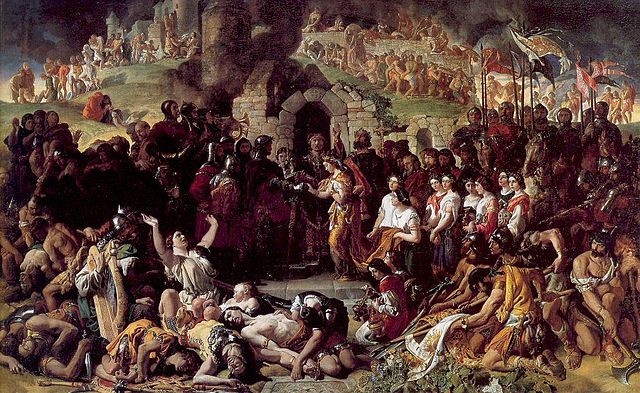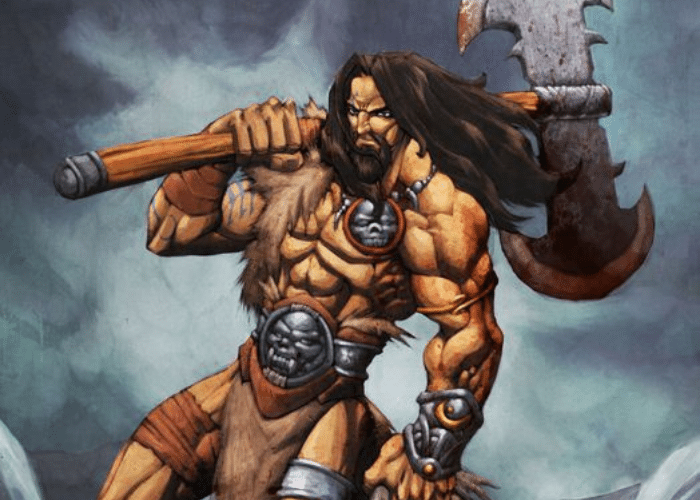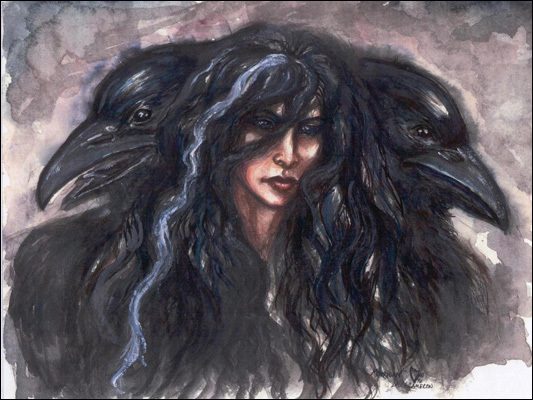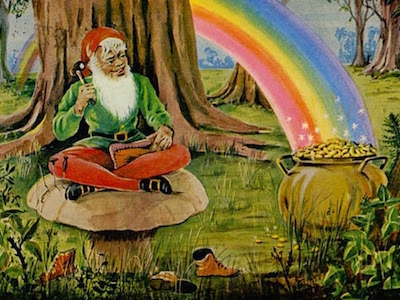- Total £0.00
Irish Folklore and Celtic Gods: A Rich Tapestry of Myth and Magic
Irish Folklore and Celtic Gods: A Rich Tapestry of Myth and Magic
Ireland, with its lush green landscapes and rich history, is steeped in folklore and mythology that continue to captivate audiences worldwide. Rooted in Celtic culture, these stories, with their gods, heroes, and mystical creatures, provide a fascinating glimpse into Ireland's ancient past. In this article, we'll explore the captivating world of Irish folklore and delve into the pantheon of Celtic gods.
The Essence of Irish Folklore
Irish folklore is an amalgamation of pagan beliefs, early Christianity, and ancient Celtic traditions. It is a vibrant blend of enchanting tales, legendary creatures, moral lessons, and mythical heroes. These stories were shared orally for generations before being written down in medieval times by Christian monks, resulting in a captivating mix of Christian and pagan elements.
Mythological Cycles
Irish myths are typically divided into four cycles:

-
Mythological Cycle: Tales of the Tuatha Dé Danann, a race of god-like beings, and the invasion of Ireland.
-
Ulster Cycle: Stories set in the 1st century AD, focusing on the heroic deeds of Cú Chulainn and the rulers of Ulster.
-
Fenian Cycle: Revolving around Fionn mac Cumhaill and his warrior band, the Fianna.
-
Historical Cycle: Also known as the Cycle of the Kings, it recounts the history of Ireland's High Kings.

Celtic Gods in Irish Folklore
The Celtic gods, revered by the ancient Irish, played central roles in many of the mythological tales. These deities, part of a complex polytheistic system, represented various aspects of life and the natural world.

Dagda
Dagda, known as the 'All-Father,' was the chief of the Tuatha Dé Danann. He was the god of life and death, abundance, and wisdom. His magical staff could kill with one end and give life with the other.
Brigid
Brigid was the goddess of spring, fertility, healing, poetry, and smithcraft. She was venerated during the pagan festival of Imbolc, celebrating the arrival of spring.
Lugh
Lugh, the god of the Sun and Light, was a master of all arts and skills. He was instrumental in the Tuatha Dé Danann's victory over the monstrous Fomorians, as recounted in the Battle of Mag Tuired.
Morrígan

The Morrígan was a goddess of war, fate, and death. Often appearing as a crow or raven, she could influence the outcome of battles and foretell the death of warriors.
Cernunnos
Cernunnos, often associated with horned animals and the natural world, was a god of fertility, life, animals, and wealth.
Legendary Creatures in Irish Folklore
Irish folklore is populated with a host of magical beings, from elusive fairies to fearsome banshees.

-
Fairies (Aos Sí): Often associated with the Tuatha Dé Danann, these magical beings inhabited an invisible world that coexisted with the world of humans. They could be benevolent or malevolent, depending on the story.
-
Leprechauns: Known for their cunning and trickery, these solitary fairies were often depicted as shoemakers who hid their gold at the end of rainbows.
-
Banshees: These female spirits were seen as omens of death. Their mournful wails were believed to foretell the death of a family member.
-
Púca: Shape-shifting creatures that could bring both good and bad fortune.

The lore of Irish folklore and the reverence for Celtic gods are integral parts of Ireland's cultural heritage. These myths and legends, brimming with fantastical beings, heroic deeds, and ancient gods, not only entertain but also provide valuable insights into the beliefs and values of the ancient Celts. As we explore these stories, we gain a deeper understanding of a culture steeped in mystery, magic, and a profound respect for the natural world.

